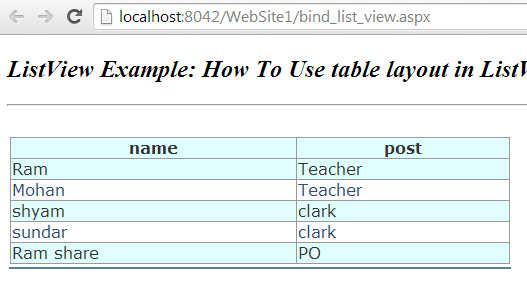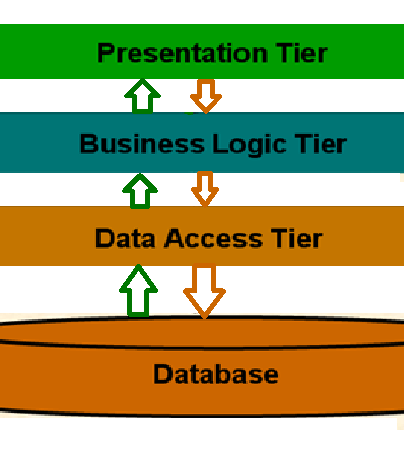ASP.NET MVC Request Processing
ASP.NET MVC Request Processing:
One of the most important concepts to understand about MVC
applications is that no relationship exists between a page request and a
physical file inside the web server. In a traditional Web Forms and Web Pages
application, every page request is translated into a call to a physical file in
the webserver. For example, if your request is something like http://myapp/mypage.aspx, the web server
interprets the request by looking at the root of the website for a file named
mypage.aspx.It then processes the file and returns the generated HTML.
In the case of an MVC application, when you make a request
(e.g., http://myapp/product/list), a component called routing engine matches the request to a
specific route.
A route defines requests using a pattern string
and establishes the controller and method in the controller class that should
process the request. Once the route is identified, the routing engine creates a
request handler that in turn will create the controller object that will
process the request (in our example, the controller is “product”). The
controller then invokes the method in the controller class that will process
the request (in the example is named “list”). These methods in controller
classes that process requests are called action methods. When the processing of
the request ends, the action method produces a result to send back to the user.
Normally the result is some HTML (rendered by a View) the user will see in the
browser.
We will examine the routing engine in more detail other post
Figure illustrates the entire
server-side processing life cycle in an ASP.NET MVC web application
.
.




Comments
Post a Comment